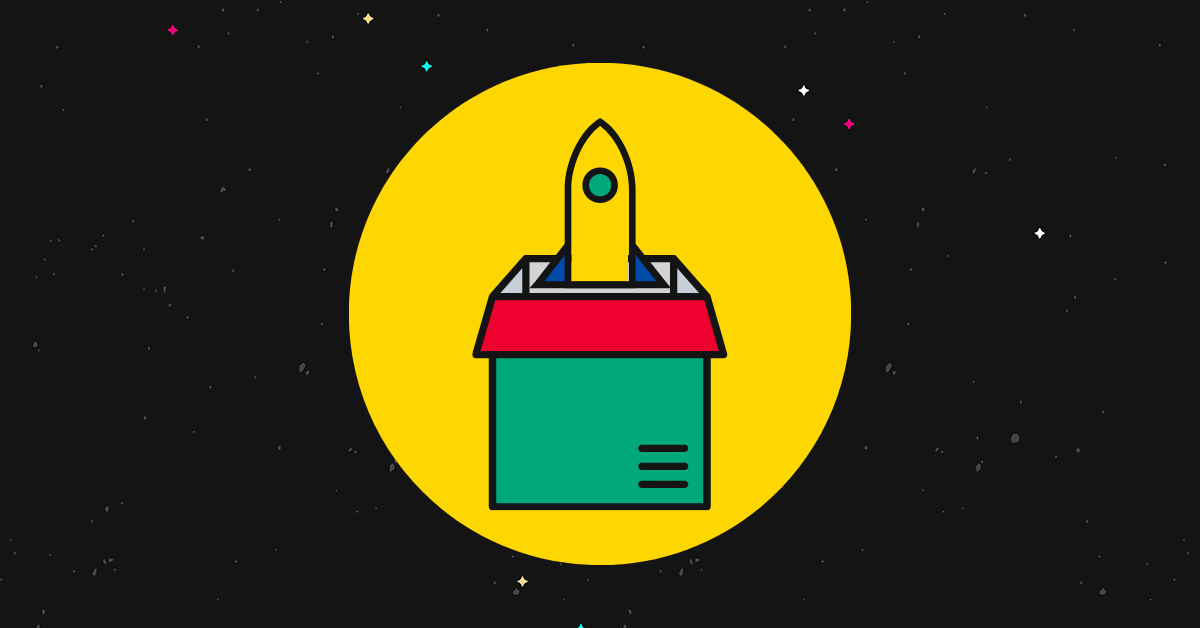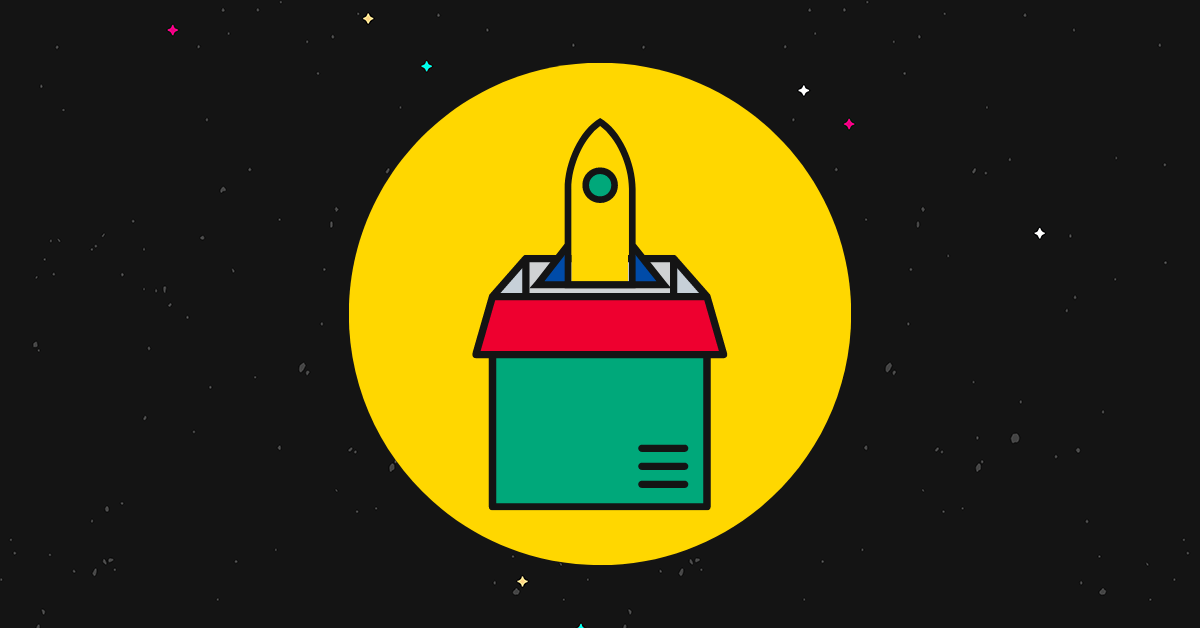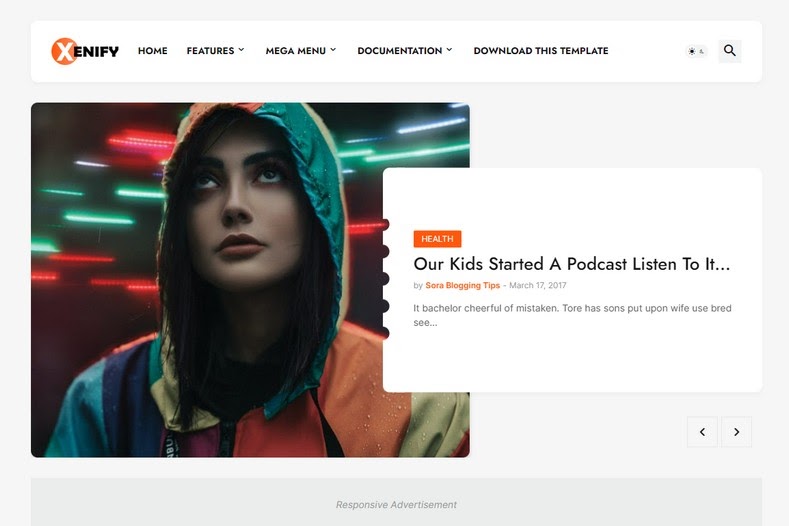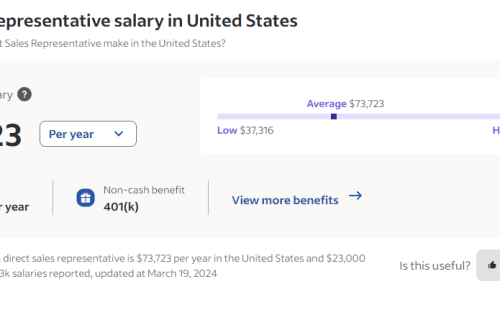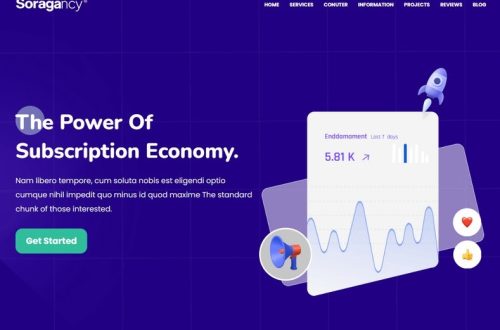A lead magnet is often a bribe that you give to your audience in exchange for their email address.
With the increase in spam emails, consumers don’t want to give away their emails to random websites. You need to prove your value before they decide to have you in their inbox.
A lead magnet does just that. It showcases your value and relevance to your audience. And if you do it right, there are high chances you’ll win a customer for life.
In this post, you’ll learn what a lead magnet is, why they matter, how to make one, and more.
Let’s get started:
What is a lead magnet?
A lead magnet is a free resource or an offer you give to your audience for information like their email address and other contact details. It can be a free guide, checklist, template, or webinar. A lead magnet engages your audience to easily fulfill your end goal like sales or brand building.
Why are lead magnets important?
A lead magnet helps you acquire the contact details of your audience. You can then use the details to nurture your audience for a stronger relationship, an eventual sale, and brand building.
In simpler words, a sales funnel can be tedious, and a lead magnet assists you in an easier conversion. If you successfully provide value to your audience for free, they’ll be interested in your paid offers too.
Plus, lead magnets help you:
1. Filter quality leads.
No matter what your niche is, you’ll attract a wide range of audiences, in different stages of the sales cycle. Some could be browsing randomly while others could be potential customers.
A lead magnet on a specific topic addressing your target audience will filter out the uninterested and non-serious buyers to a great extent. However, the quality of the filter depends on the quality of your lead magnet.
Your sales team can also use the leads generated to help in their lead scoring system, if any.
2. Build brand authority.
When you create high-value lead magnets like industry-leading reports, valuable templates, printable checklists, or well-researched whitepapers, your audience positions you as an industry expert. When they share your lead magnets with others, your branding will be carried forward, creating a brand recall value.
If you build the lead magnet correctly (discussed later in this blog post), your audience will also see you as helpful and valuable and will look up to your brand.
3. Keep your audience engaged.
A lead magnet download is usually followed by an email sequence. The email marketing after the opt-in will make sure you’re on your audience’s mind even after the one-time download.
The only catch is: You need to consistently deliver high actual value through the emails too with a healthy email frequency. This means avoiding: spammy emails, bombarding the subscribers with multiple emails a day, and low-value content.
What makes a good lead magnet?
You need to make your lead magnets worth your audience’s time. Here are some qualities of an effective lead magnet:
1. It delivers value.
A lead magnet gets the attention of your audience — but the time frame for which you’ll hold their attention depends on the value you provide. If you create a low-value resource, it’ll leave a negative impression on your audience, driving them off.
You need to make your lead magnet valuable by solving an important problem for your audience.
2. It’s relevant to your target audience.
Your lead magnet should make sense to your audience.
For example, if your audience is interested in planting outdoor plants, but you create a lead magnet teaching them indoor planting, that’s a mismatch. Sure, you’d still get downloads, but the audience will be vastly different from the audience you want to attract, harming you in the future.
Plus, your lead magnet should also be specific and not created on broader topics. For example, suppose you teach gardening to specifically advanced gardeners. If you create a “beginner’s guide to gardening”, that’s irrelevant too. This lead magnet will attract people who won’t be interested in your advanced techniques, and end up costing you a lot of time and money.
3. It fits in your content marketing strategy.
Your lead magnet should have an end goal backed by a strategy. What do you want your audience to do ultimately? And how does this lead magnet help you get there? If you’re not strategic about your lead magnets, your efforts in creating one would be wasted.
For example, if your end goal is to sell a course you have, your lead magnet should funnel your audience into purchasing the course ultimately. In this case, the lead magnet could be a free class or a free webinar where you talk about your subject matter.
4. It promises and delivers on it.
When creating a lead magnet, you need to have a value proposition, making a big promise to your audience. If your lead magnet doesn’t deliver on the promise ultimately and is just a click-bait, it’ll leave a bad taste in your audience’s mouth, harming a long-term relationship prospect.
5. It sparks interest in your audience for more content.
You want to deliver on your promise but you also want to make sure you’re not giving away the entire thing. Your lead magnet should be a part of your entire offering, not the core offering itself.
The lead magnet should be so helpful that your audience thinks “I want more of this” instead of “I’ve got everything I need”. For example, if you’re giving away a free class, make sure you outline what you discuss in your paid classes.
6. It looks expensive and has a high perceived value.
If your lead magnet doesn’t have good graphics or is just a single-page document file, chances are your target audience won’t take it seriously. Your “free” resource doesn’t have to look “free”. Invest in its graphics, landing page, and email sequence to increase its perceived value.
15 lead magnet examples
There are different types of lead magnets and their selection will depend on your service and audience. Here are 15 different lead magnet ideas with examples to get you started:
1. Quiz
A quiz in itself isn’t a lead magnet – but the quiz results are one. Once a person has completed a quiz on your website, you can offer to send the results via email.
This is a great lead magnet idea because if somebody has already invested time in interacting with your resource, there are high chances the person will go ahead with signing up for the results. This is also an excellent opportunity to educate someone who’s unaware of the product or service.
Pro-tip: It can be frustrating for a consumer to have the result behind a gated wall aka signup. You can showcase a part of the results without sign-up, and have a detailed report they can get after they sign up.
Here’s how Warby Parker has a quiz for its audience to select the right frame type. The quiz fixes a pain point, is specific to the audience, and gives an option to opt-in for their email list:
And the opt-in page appears on the 8th slide — after the quiz taker has invested quite some time:
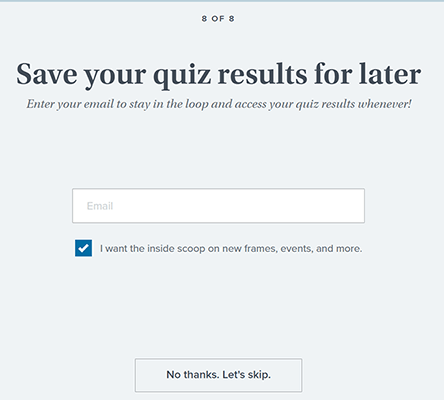
Note: In order to create something like the example above, you’ll need to use quiz software like Woorise. They have a free tier to help you get started.
2. Free consultations
If your product or service is priced at the higher end and involves warming up potential customers before they make a purchase, then a free consultation is the perfect lead magnet to offer. You just have to make sure the time investment and the revenue collected are proportional.
For example, this guitar coaching academy offers a free coaching call, with specific audience details mentioned to only attract the relevant site visitors:
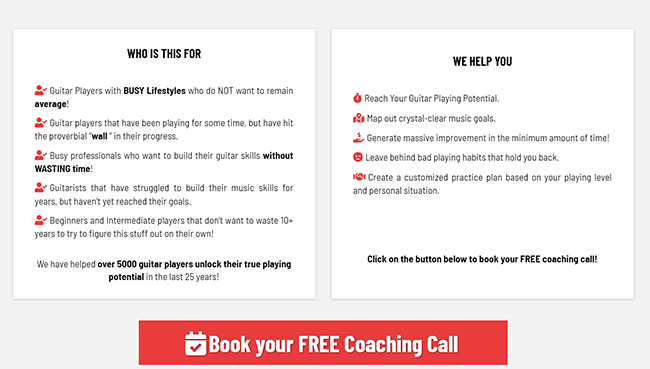
3. Webinar
Webinar is an interactive live session with your audience where you talk about a topic, and also give the chance for a Q&A session to your audience.
Webinars work best for creators with a course or an upsell. It’s also a good alternative for a free consultation call if your service/product is not as expensive. The price point of your service can decide the option to choose between a webinar or a free call. If your service is valued at $1000 or more, a free consultation might get you more leads.
Webinars also create a connection with your audience because of their interactive nature. If you deliver on the promise and upsell at the end of the webinar, you have a high chance of conversions, as your audience has engaged with you along with getting upfront value.
Pro-tip: A paid webinar works better for expensive courses as only the qualified audience signs up.
Here’s a great example:
ClickUp creates webinars on specific topics to create a filter among the attendees. This makes a great lead generating source for ClickUp as more people learn to use the tool, the more paid subscribers they’ll be able to get:
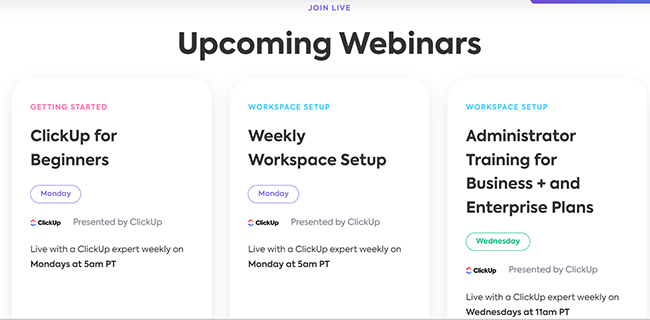
Note: To get started you’ll need a webinar platform. We’d recommend checking out Webinar Ninja. It’s a great fit for most use cases. Alternatively, check out our comparison of webinar software for more options.
4. Exclusive access to a resource library
Instead of a single document or a video, if you offer a collection of resources, the perceived value of your lead magnet increases. You can do this by offering:
- Template collection
- Private community on Slack, Facebook, or Discord
- Checklist collection
- Ultimate guides or ebooks
Anything that’s exclusive and not available to the general user will work here. This lead magnet works because it allows you to build a community that can reap great results later on.
At Blogging Wizard, we offer an exclusive VIP resource that contains a bunch of helpful guides, templates, and checklists for our audience. This works better than a newsletter subscription as the audience gets a certain upfront value without waiting for the next newsletter:
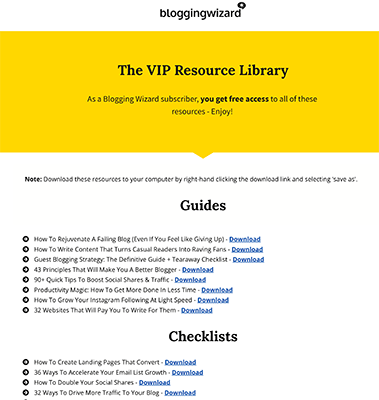
5. Free class
If you’re in a niche where you can create educative informative content, a free class or a short free course would be an effective lead magnet. This would work even if you don’t already have a course. The free class can be a short introduction to your topic of specialization or built on an existing blog post.
For example, Ali Abdaal, a YouTuber, has a free class on “YouTube for Beginners”. He also has a full paid course on the same topic so the free class is in alignment with his business strategy.

6. Free template
This is one of the no-brainer downloads for your audience as a template has the potential to simplify a lot for them. Be it a resume template or a complex Excel sheet, anything that’s difficult and time-consuming to create will do well as a template.
You can include your brand watermark on the templates as branding. This is our favorite lead magnet example to capture the bottom-of-the-funnel audience too, who are ready for a purchase.
Here’s how Smartsheet offers free budgeting templates:
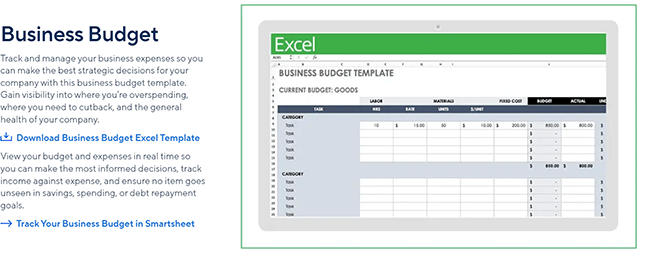
You don’t have to be in a technical field to create templates. You can also create templates even if you’re in a lifestyle-related niche. For example, you can create a weekly meal prep template:
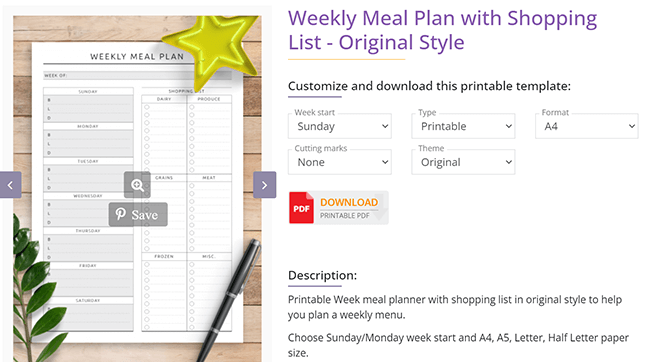
7. Guide
A guide is the ultimate resource on a subject your audience is interested in. Your guide should be comprehensive yet easy to consume to act as the right lead magnet. This is a great lead magnet for almost every niche as you can create an in-depth guide on many subjects.
Guides have an advantage over others as they’re easy to place on your website. For example, if you have a blog post similar to the guide topic, you can create a CTA to download your guide from there.
Here’s how Freelance Magic offers an 80+ page guide to budding freelancers. This is one of the best lead magnets with excellent execution — notice how the design of the landing page is impeccable, increasing the value of the free resource:
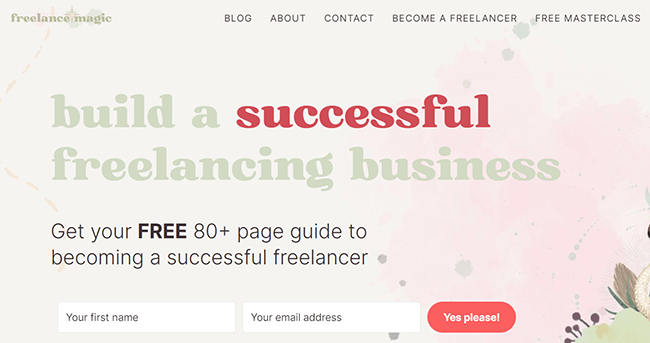
8. Ebook
An ebook differs from a guide in the manner that an ebook can be on any subject and of any length while guides usually focus on the ‘how-to’ and are extensive.
The good news: You don’t have to invest a lot of your time in creating the ebook. You can take existing blog posts and design them to form an ebook. Violin Inspiration offers a free ebook with a compilation of violin notes:
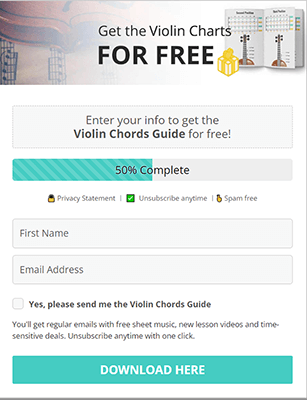
9. Whitepaper
A whitepaper is a technical piece and differs from ebooks as whitepapers contain industry insights, survey reports, or research findings. Whitepapers also feature advice or interviews from experts.
In simpler words, whitepapers are the technical counterparts of ebooks. Whitepaper is the perfect lead magnet for the B2B industry that has a lot of different stakeholders in the purchasing cycle.
Here’s how Globaledit, a digital asset management software, creates industry-leading whitepaper with expert insights:
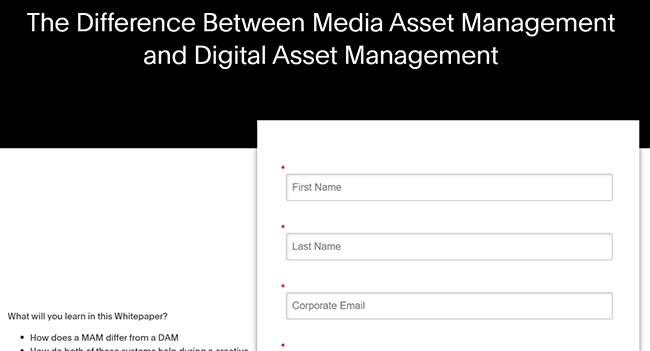
10. Free trials
Free trials might not be the right lead magnet for every service or product. But if you have an expensive product, a digital product, or if you have a retainer-based service, you can think of offering a free trial. For example, if the average price of your products is $100, having a free sample size will help lure the consumers in.
If you have a digital tool, you can offer a free trial of 7 days for an exchange of the prospect’s contact information. Consumers will be likely to sign up as they’re getting something of substantial value in return.
This is especially great for your business as you can understand consumer behavior with your product based on the data you collect from this trial. For example, SocialBee, a social scheduling tool and a marketing agency, offers a free 14-day trial:
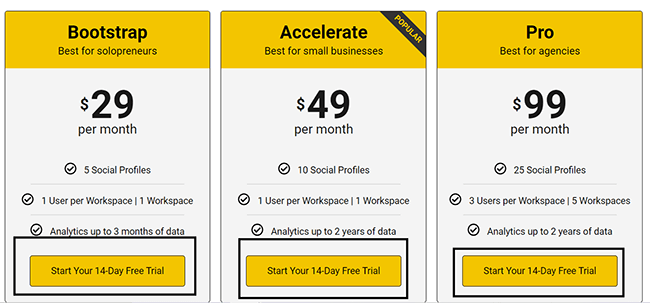
11. Bonus resources
This is similar to other lead magnet examples, but the placement of this lead magnet makes it different from others. If you have a well-performing blog, a video, or even social media posts, you can leverage the popularity to capture new leads by including additional resources at the end.
For example, if your best-performing blog is on “7 tips for beginner guitar players”, you can create an additional resource on “3 additional tips” or “5 beginner-friendly chords to learn” and include a CTA to download it.
Alternatively, you could just offer a PDF version if you’re short on time.
Here’s how we include bonus resources for our audience:

For a social media lead magnet, if one of your Twitter posts gains traction, you can include a lead magnet as a response in the same Twitter thread to get more leads.
For example, this Twitter thread received more than 11,000 likes, and the author of the Tweet added a promotional Tweet at the end as a lead magnet:
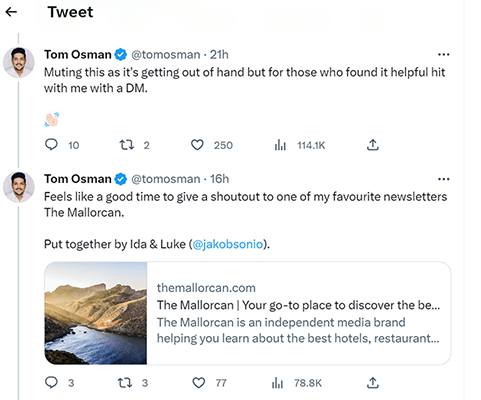
12. Checklist
A checklist is a good lead magnet idea for niches or topics that have a lot of steps to be followed. For example, if you’re a food blogger, you can create a shopping checklist of ingredients so that your audience doesn’t forget something.
Pro-tip: Make sure you make the checklist downloadable so that your audience can have a printout and check boxes as they go along.
Here’s how FamilyEducation created a back-to-school checklist. While this checklist is free to download, you can create a gated checklist for yourself:
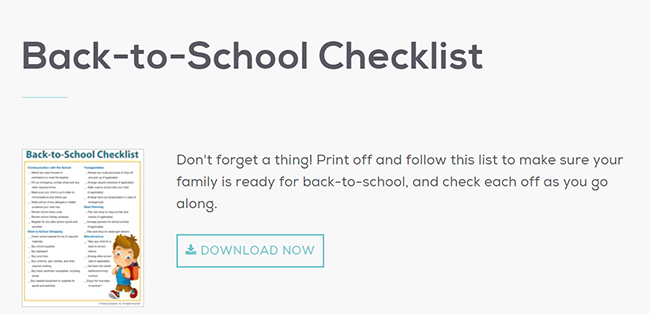
13. Workbooks
A workbook is another interactive lead magnet that lets your audience download a document and complete it on their own. This will work for a selective group of niches, mostly where you’re teaching something or need your audience to act on a given lesson. Here’s how MakseLife, a stationary brand, offers free printables of their workbooks:
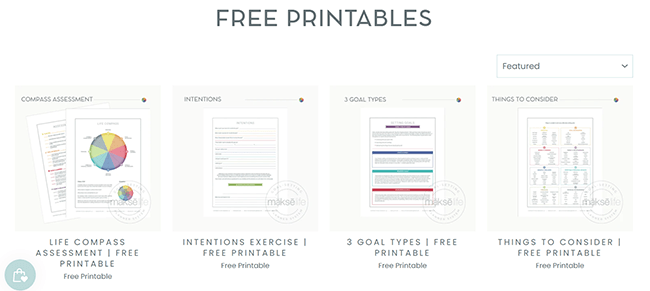
14. Cheatsheets
Cheatsheets condense vast information into a bite-sized content piece. They are often in the form of an infographic for easy consumption.
For example, if you’re a nutritionist, you can create a cheat sheet of all the high-protein food sources so that your audience can have the information in just one glance. Here’s an example:
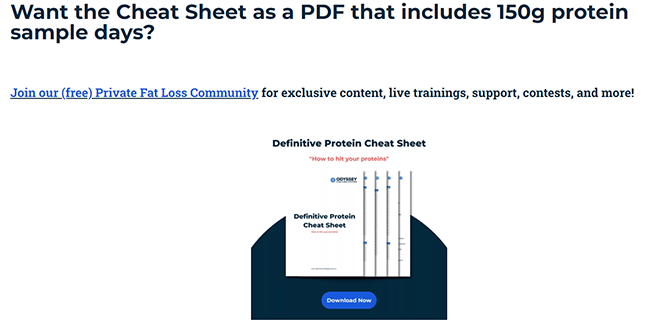
15. Short email course
This is a tricky bit as email courses deliver value over a period of time. Lead magnets need to provide value upfront, and a stretched time frame can make the audience forget your brand.
But this type of lead magnet is extremely effective if you create an online course on a topic that’s highly wanted by your audience. You’ll need to make sure the email course is short (not more than a week-long) and delivers on the promise.
Here’s how Patch offers an email course on planting. Note how the videos are already live on their website, and an email course is an option for convenience to the audience. If it was an 11-day long course without any upfront value, it’s possible some leads might’ve lost interest:
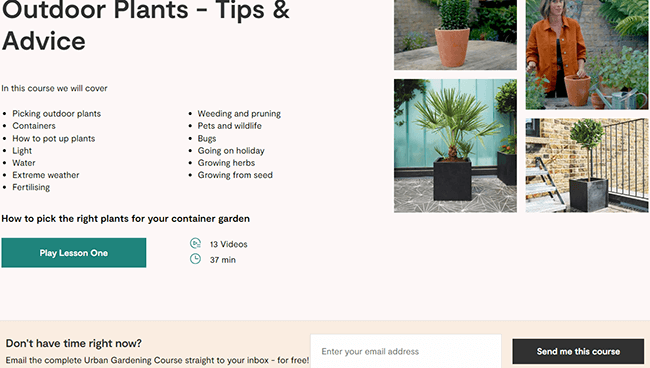
How to create a lead magnet in 6 steps
Here are six steps to create a powerful lead magnet:
Step 1 – Select the audience persona for your lead magnet.
Most creators and brands have different buyer personas with different specific problems. Not all lead magnets will suit every buyer persona as all of these personas have different problems.
So, while creating a successful lead magnet, you have to make sure you get this step right.
For example, you can have two different buyer personas for an online course:
Persona #1: A beginner with no familiarity with the subject
Persona #2: An intermediate with basic knowledge
If you create a beginner’s guide and market it to the intermediate, you won’t generate leads as much as possible. Plus, you also risk lowering the conversion rates. You need to create two different types of lead magnets for both of these personas.
Step 2 – Narrow down your audience’s pain point.
Your audience might have five different pain points but a lead magnet is only successful when you solve one big problem. If you try to target all five problems, you might end up either creating a long lead magnet or not meeting the solution of either one.
To make your lead magnet digestible yet effective, you need to talk about only one thing. You can conduct an audience by auditing the comments and feedback on your existing posts. If you don’t have an established audience, notice the interactions and engagements on your competitors’ profiles.
Step 3 – Select the right type of lead magnet.
Once you know your audience and their pain point, you need to select a relevant type of lead magnet. The 15 types of lead magnets above are a good starting point.
For example, if you’re in a niche where your audience prefers quick and short resources, the best lead magnets for you are: a checklist, template, workbook, and a cheat sheet.
But if you’re in a technical industry and serving a C-suite, a whitepaper will suit your audience’s needs better.
Step 4 – Complete the draft.
Once you have all the technical details and research sorted, you can start writing your draft. If you’ve selected an ebook, you can go back to see the existing content and repurpose them into an ebook.
At this stage, a website audit can help you to find content that you can use so you can invest less time in the creation.
Once you’ve written the first draft, proofread it to spot small errors and refine it more.
Step 5 – Design the lead magnet.
As mentioned earlier, you need to make sure your lead magnet looks polished.
Designing doesn’t have to be difficult either. Canva has a lot of free lead magnet templates you can choose from.
Or if you can invest the money, you can outsource this lead magnet creation to an agency like SocialBee.
Step 6 – Create a distribution plan.
Once you’ve completed your lead magnet design, you need a separate landing page with a lead capture form to have convenient sign-ups. A landing page also makes the lead magnet easy to share.
Here’s an example of one of ours:
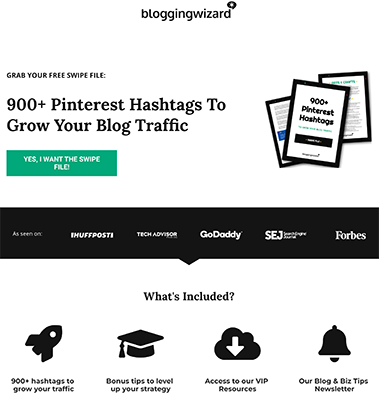
You can include as many fields as you want in this form. However, make sure it’s not too long as that risks driving away the leads.
You can also keep the landing page as simple as you want, given you list down all the benefits of the lead magnets along with the problem it solves.
You’ll also need a thank-you page or an email sequence that’ll follow after the download. This completes your entire lead magnet – from creation to distribution. Here’s an example of our thank you page.
Notice how the next steps are clearly written so that the leads can follow a sequence:
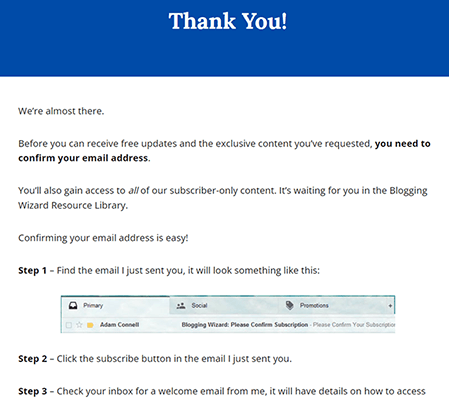
You can also use an email capture tool at this stage that’ll help you turn website visitors into leads.
Next, create an email marketing sequence to keep your audience engaged. You can use an email newsletter tool to help you here. MailerLite is a great option given their free plan & features.
Create a lead generating machine to grow your business
No matter if you’re a blogger or a YouTuber, a lead magnet is the best way to engage your audience more.
And the more you engage with your audience, the better the chances of converting them into paying customers.
Even if you don’t have a paid offer currently, you’ll still be able to create a powerful brand that has its own benefits.
Disclosure: This post contains affiliate links. This means we may make a small commission if you make a purchase.
